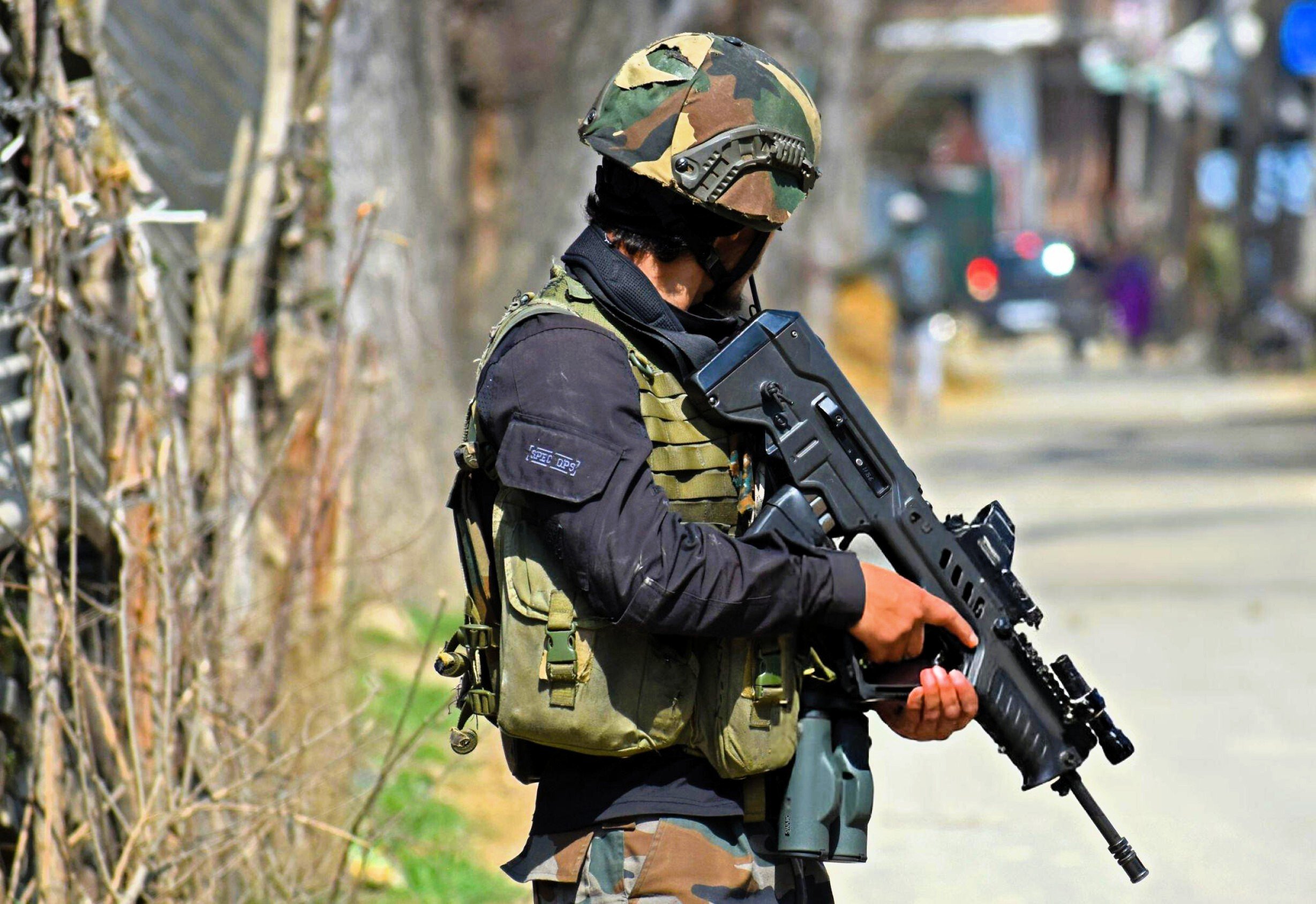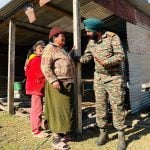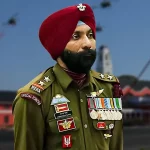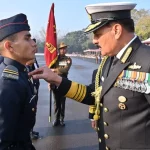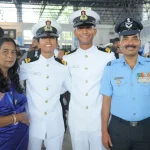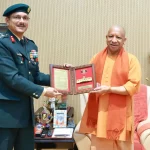Military victories stand testament to the masterful coordination of three powerful combat arms – Cavalry, Artillery, and Infantry. Defence officers must grasp these fundamental pillars of military might, which continue to define modern warfare’s tactical landscape.
Each combat arm commands unique battlefield supremacy. Infantry units excel as the undisputed masters of ground combat. Cavalry elements strike with lightning speed and devastating shock action. Artillery formations rain precise destruction upon enemy positions from afar.
Future military leaders witness these arms performing an intricate battlefield symphony. Their synchronized operations determine the success or failure of military campaigns. The strategic interplay between infantry, cavalry, and artillery remains central to military doctrine worldwide.
This tactical analysis equips aspiring officers with crucial knowledge about each arm’s distinct capabilities, battlefield roles, and strategic significance. Understanding these combat elements forms the bedrock of military leadership and tactical planning skills.
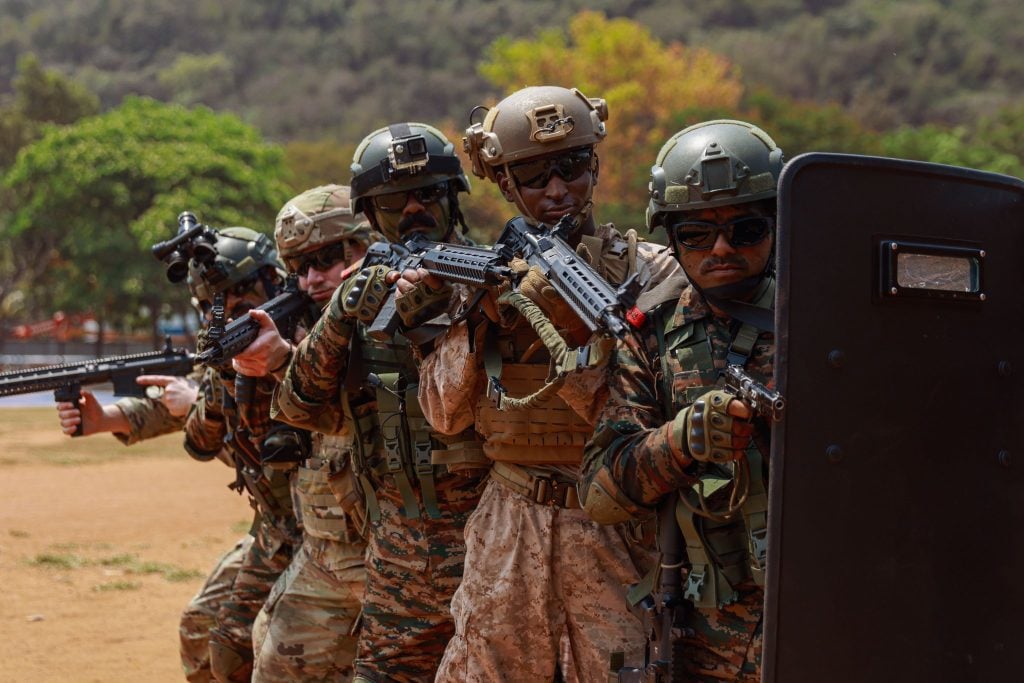
Historical Evolution of Combat Arms
Military history presents aspiring officers with remarkable chronicles of combat arms evolution. Ancient battlefields witnessed the birth of warfare techniques unique to each civilization. Young cadets must understand how infantry dominated Classical warfare before cavalry emerged as the supreme battlefield force during the Middle Ages.
The 16th century marked a decisive turning point in military tactics. Technological advancements reshaped battlefield dynamics forever. Gunpowder weapons stripped heavy cavalry of its battlefield supremacy, forcing infantry commanders to devise ingenious formations and tactics. Military discipline transformed scattered infantry groups into formidable battle formations, capable of executing masterful tactical maneuvers.
Future officers must grasp these pivotal developments in military history:
- European commanders pioneered horse artillery, creating mobile fire support for cavalry operations
- Armored vehicles ushered the age of mechanized warfare
- Infantry forces evolved into specialized combat units – motorized, mechanized, and airborne warriors
The late 20th century heralded modern combined arms warfare. Military strategists witnessed its decisive power during Operations Desert Shield and Desert Storm. These campaigns demonstrated the lethal effectiveness of synchronized artillery bombardment supported by rapid mobile forces.
Today’s military leaders continue to refine combat doctrine based on battlefield lessons. Precision munitions and digital systems have redefined traditional combat roles, creating agile and integrated fighting forces.
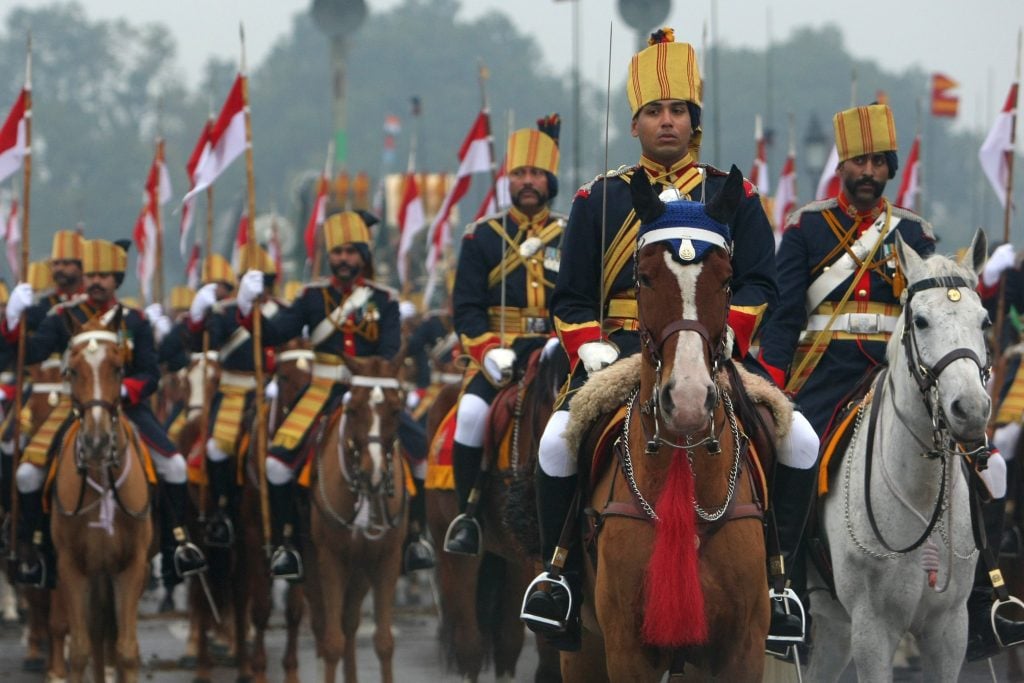
Core Functions and Capabilities
Military excellence demands mastery over each combat arm’s unique battlefield role. The infantry, proudly known as the queen of battle, stands supreme in close combat operations. These elite warriors secure and hold ground with unwavering determination. Their battlefield mastery encompasses:
- Decisive close combat operations
- Strategic ground assault missions
- Domination of key positions
- Expert tactical maneuvers across challenging terrains
The artillery, rightfully crowned as the king of battle, commands the battlefield through devastating fire support systems. Modern artillery commanders harness advanced weapons platforms striking targets at impressive ranges of 15-30 kilometers. Their precision fires deliver unmatched support to advancing ground forces.
Cavalry warriors have transformed their proud heritage into mechanized might. Today’s cavalry commanders lead powerful tanks and armored vehicles into battle. Their units execute critical reconnaissance, maintain vigilant surveillance, and conduct decisive security operations. These mobile warriors deliver swift firepower, forming an essential element of combined arms warfare.
Young officers witness battlefield supremacy through seamless combat arms integration. Artillery battalions clear the path for infantry advances through calculated indirect fires. Cavalry squadrons provide swift protection and vital reconnaissance data. Field Artillery remains the brigade commander’s most responsive indirect fire asset, working in perfect harmony with infantry elements to achieve mission success.
Modern warfare demands adaptation while honoring traditional combat roles. Artillery units master sophisticated fire direction systems for pinpoint accuracy. Infantry warriors wield advanced weapon systems, multiplying their battlefield effectiveness.
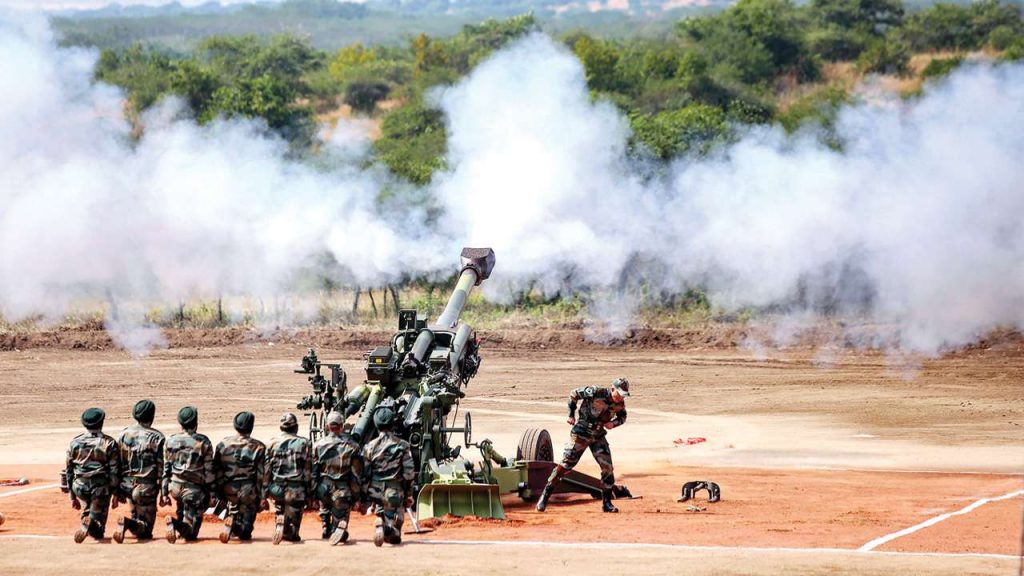
Battlefield Integration and Strategy
Military excellence hinges on flawless combat arms integration through advanced command and control systems. Defence aspirants must master how the Battlefield Coordination Detachment (BCD) orchestrates ground and air operations, ensuring perfect battlefield synchronization.
Combined arms warfare creates insurmountable challenges for enemy forces. Future commanders must excel in these critical integration elements:
- Masterful synchronization of ground movement with supporting fires
- Precise coordination of air-ground operations
- Strategic deployment of reconnaissance and surveillance assets
- Seamless battlefield information exchange between combat elements
Military leaders achieve force multiplication through synchronized combat arms employment. This tactical brilliance delivers battlefield effects far exceeding individual unit capabilities. Combat exercises demonstrate this power – cavalry scouts and artillery units coordinate devastating suppression fires, creating perfect strike windows for Apache gunships.
Battlefield supremacy demands mastery over command and control systems. The BCD maintains round-the-clock vigilance, orchestrating precise air support for ground operations. Modern warfare extends this integration into cyber and electromagnetic battlespaces.
Victory through integration demands rigorous training and standardized battle procedures. Future commanders must demonstrate expertise beyond their primary combat arm, particularly excelling in joint surveillance and fires employment.
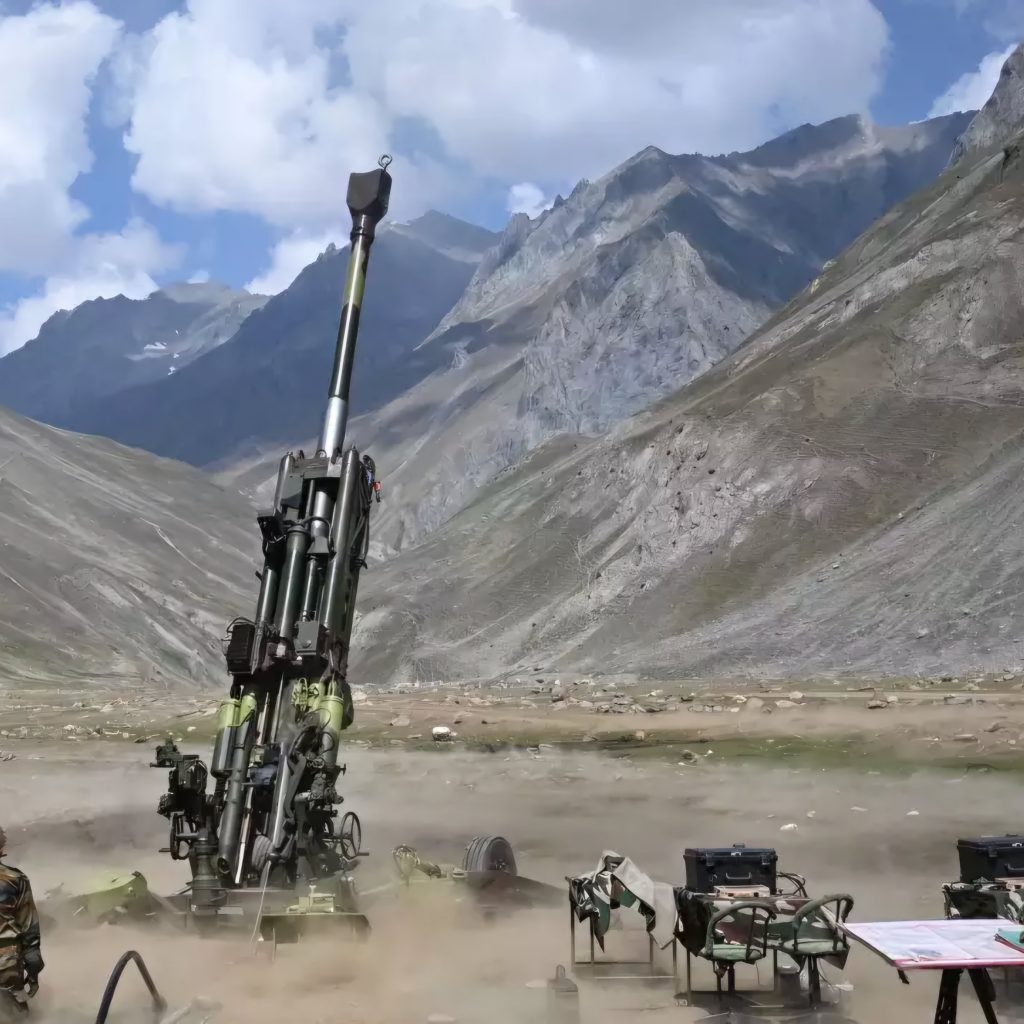
Comparison Table
Military excellence demands precise understanding of combat arms distinctions. Future commanders must master these critical differences to achieve battlefield supremacy. This tactical comparison presents essential knowledge for defence aspirants:
| Aspect | Infantry | Artillery | Cavalry |
|---|---|---|---|
| Primary Role | Close combat operations and holding ground | Fire support through weapons systems | Mobility and reconnaissance |
| Core Capabilities | • Close combat operations • Ground assault missions • Securing strategic positions • Tactical maneuvers in various terrains | • Indirect fire support • Strike targets at 15-70 km range • Precise firepower support • Primary responsive indirect fire weapon system | • Reconnaissance • Surveillance • Security operations • Mobile firepower |
| Modern Evolution | Evolved into specialized units including motorized, mechanized, and airborne forces | Developed advanced fire direction control systems for precise target engagement | Transformed from horse-mounted to mechanized units operating tanks and armored vehicles |
| Historical Significance | Served as primary combat arm during Classical period | Developed horse artillery in Europe for mobile fire support | Dominant force during Middle Ages |
| Modern Integration Role | Conducts ground operations with advanced weaponry | Provides fire support for infantry advances | Provides mobile protection and reconnaissance for combined arms operations |
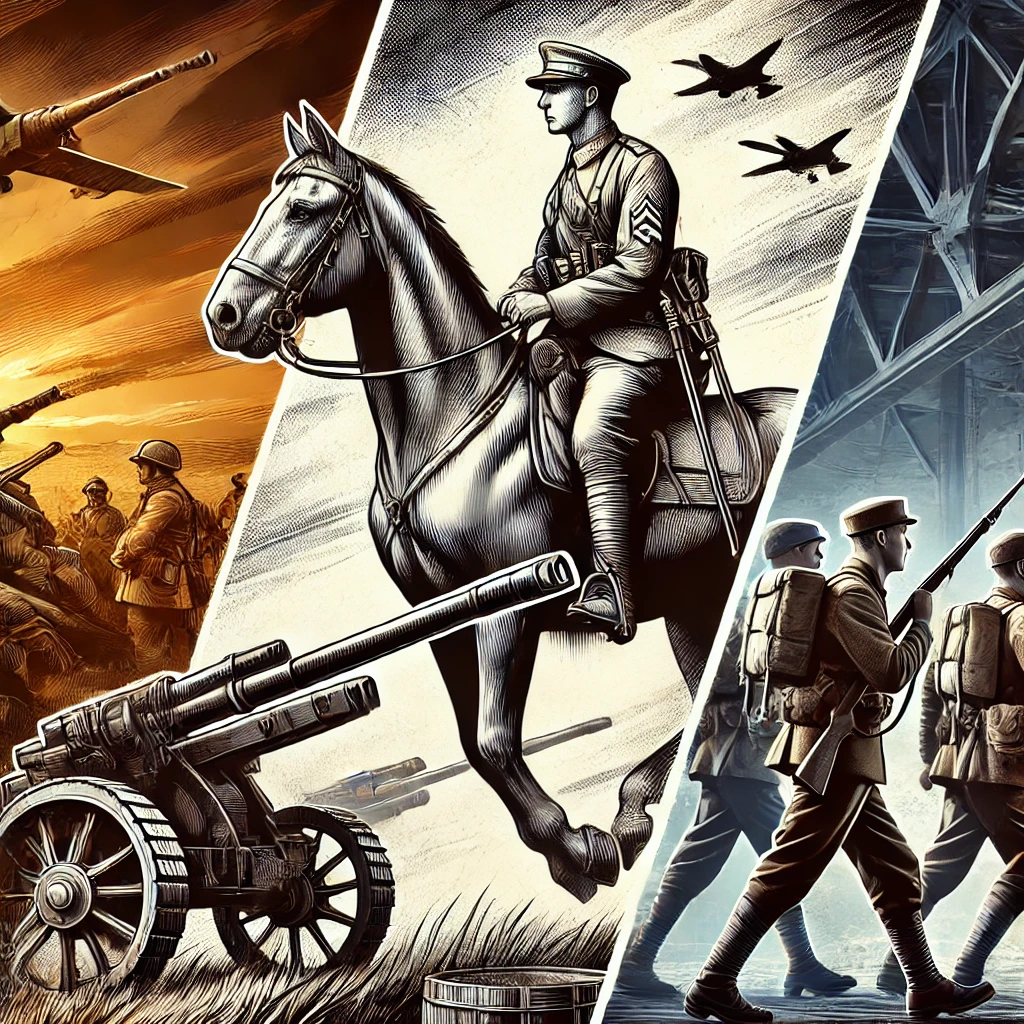
Conclusion
Future military leaders must recognize the enduring power of combined arms warfare. The synchronized employment of infantry, artillery, and cavalry forces remains central to battlefield dominance. These combat arms stand testament to military evolution while preserving their strategic essence.
Infantry warriors continue their legacy as the decisive battlefield force. Their advanced weapons and specialized units dominate close combat scenarios. Artillery commanders harness sophisticated targeting systems, delivering precise long-range fires that multiply ground combat effectiveness. Cavalry units have preserved their proud heritage of mobility, now commanding mechanized forces that provide crucial reconnaissance and swift firepower.
Young officers witness battlefield supremacy through masterful combat arms integration. Advanced command systems orchestrate perfect coordination between ground elements, fire support, and reconnaissance assets. This tactical synergy creates overwhelming combat power that single-arm operations cannot match. Recent conflicts prove the decisive edge of well-integrated traditional combat arms in modern warfare.
Defence aspirants must prepare for continued evolution in military operations. Yet the fundamental principles of combined arms warfare – decisive mobility, devastating firepower, and determined close combat – will forever guide military excellence. Future commanders who master these principles will lead their forces to victory on tomorrow’s battlefields.
Also Read

